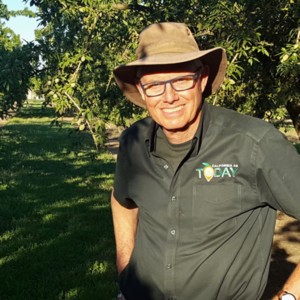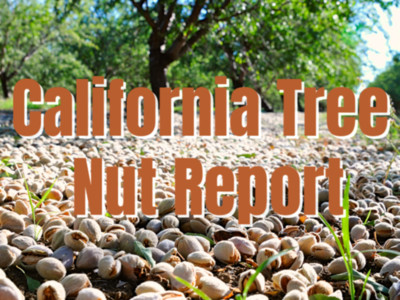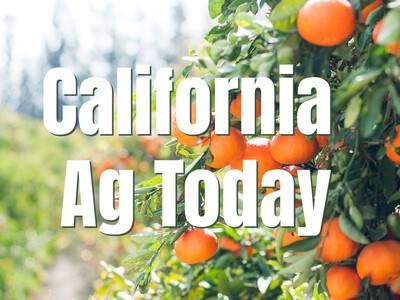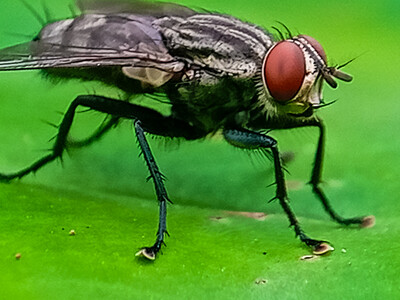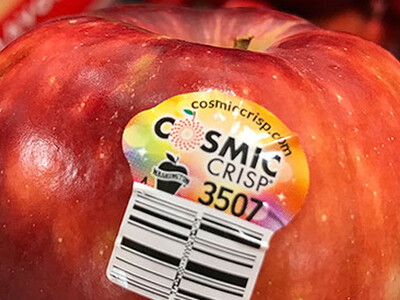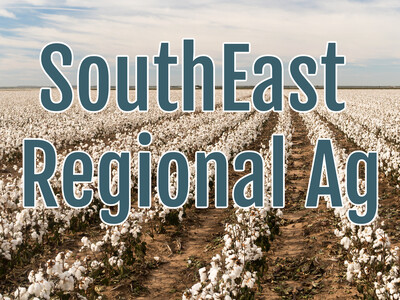Aerial Imagery is The Key to Digital Agronomy
Plants reflect light which can be converted to data Troy Magney is an assistant Professor in the Department of Plant Sciences at UC Davis“I like to refer to them as spectral signatures, so just like each human has their own unique signature plants do as well and a lot of what's embedded in that information can tell us a lot more about plants than just how green they are or how much biomass there is,” said Magney. “So it can tell us about specific nutrients that are in the plant. It can tell us about how stressed out a plant is, whether it's water stress or nutrient stress.”
Magney said that the data can give us much more information than we can see with the naked eye. “If we look beyond that greenness, and it hasn't been implemented as much in sort of agronomy now, but I think in the future as the spectrometers which basically chop up light into many different wavelengths, as spectrometers get cheaper and more evolved, we'll be able to harness more of that information from plant reflectance to learn much more than just how green and plant is,” noted Magney.
Magney said that this type of aerial imagery is looking at the quality of light. “Yeah, exactly. You're looking at the quality of the light that the plant is absorbing for photosynthesis or to protect itself, and we're looking at the quality of life that's being reflected. And if we can get more information about where plants are reflecting light, it can tell us unique information about the plant.



